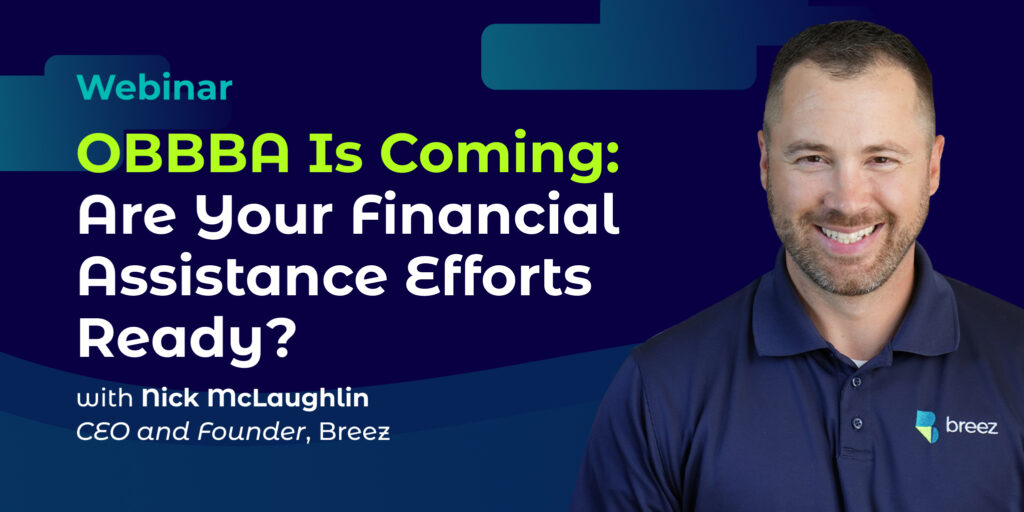According to a 2022 study from Kaiser Family Foundation, 100 million people in America are saddled with medical debt. Financial challenges, stemming from an inability to pay for critical healthcare services, add additional hardships on those trying to heal from illness. Financial assistance and charity programs exist at nonprofit hospitals but are frequently underutilized. Why? Aside from the fact that patients may not think they qualify for assistance, there’s an unspoken stigma surrounding charity care in the U.S. People often feel ashamed, embarrassed, or worried about being judged or treated differently once they reveal they need help. This stigma can be especially pronounced if the person seeking charity care is a member of a marginalized group that has historically faced discrimination in healthcare.
It’s critical for nonprofit healthcare organizations in the U.S. to take steps to reduce the medical debt crisis—and the stigma surrounding charity care. Check out these 5 simple steps hospitals can take today to improve the patient financial experience for all Americans.
- Communication is Key
Communicate clearly and transparently about your specific charity care policies and procedures. Make sure that information about charity care is easily accessible and clearly explained to patients, so they understand their options and how to apply for assistance.
- Train Your Teams on Cultural Competency
When it comes to the patient financial experience, patient-centered communication is critical. Provide training to your teams on how to communicate with patients in a way that is respectful, and empathetic. It’s important that your teams create a welcoming and non-judgmental environment for all patients seeking charity care, and to make it clear that this assistance is available to anyone who needs it, regardless of their circumstances.
- Partner Up!
Nonprofit Hospitals can educate their communities about the availability and importance of charity care to reduce the stigma and ensure that those who need care are able to access it. Develop partnerships with local organizations—your community and advocacy groups—to reach underserved populations and provide information about financial assistance and how to apply.
- Patient Navigators Build Trust
Leverage your navigators and advocates to help patients understand their options for financial assistance. Providing patients with a dedicated point of contact builds trust and improves the patient financial experience. It’s critical we help those who need care navigate the complexities that exist within our healthcare system.
- Use Non-Stigmatizing Language
Avoid using language that could be seen as stigmatizing or condescending when communicating about charity care or financial assistance. Instead, use language that is respectful and empowering, and focused on the patient’s needs and rights.
As a country, it’s important to address and remove the stigma around hospital charity care. Doing so, may even help reduce the medical debt crisis so many Americans are struggling with. Implementing a patient-centered, culturally sensitive approach and working in partnership with community organizations and advocates will go a long way in making those who need assistance feel comfortable and empowered to ask for it.



